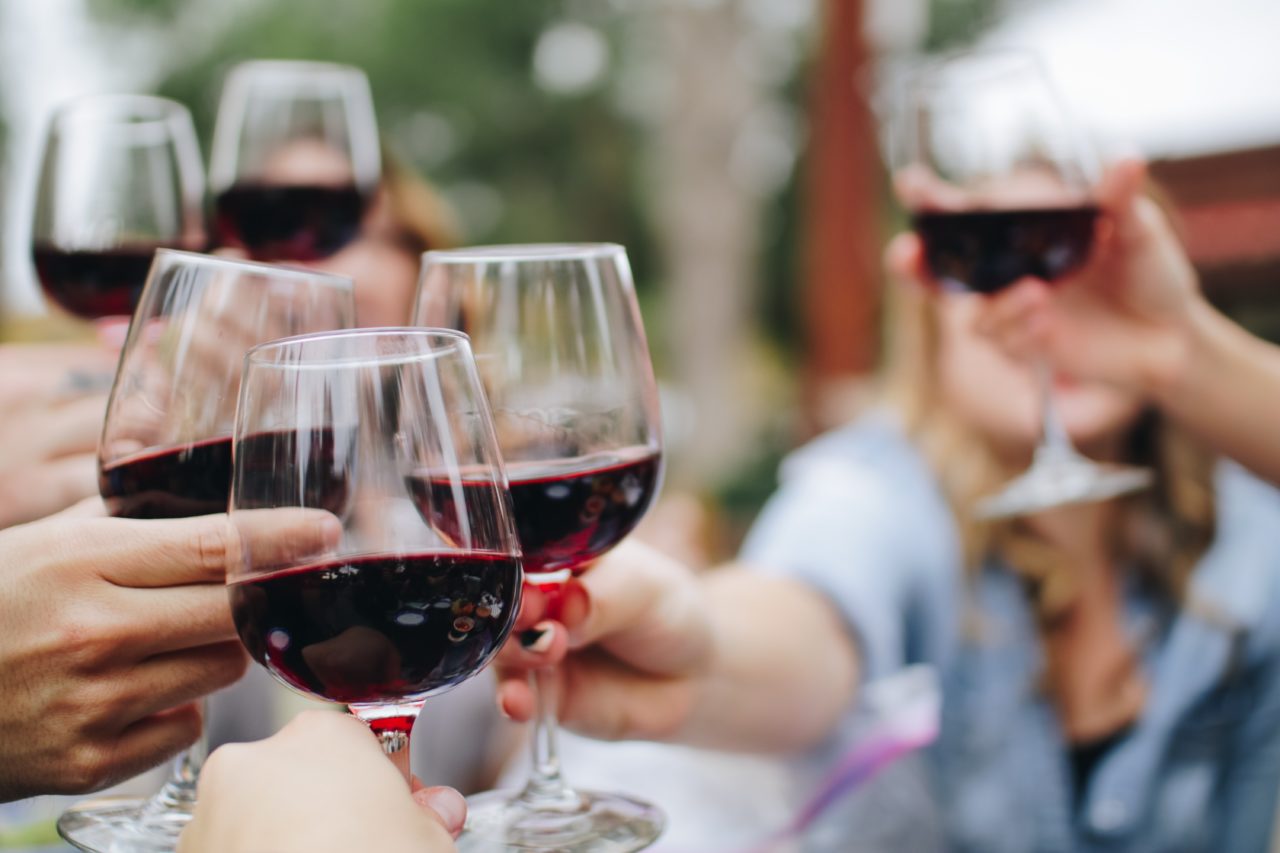How the Wines and Spirits Industry is Preparing for the Post-COVID landscape
Hard hit by shutdowns related to the coronavirus, the wines and spirits industry has been trying to adapt over the past few months to changes in consumer demand and regulations while preparing for the gradual reopening of retail and restaurant establishments so vital to the industry’s success. We expect to see the following trends shape the industry in the coming months.
Startups take on Beverage Distribution
As a highly regulated industry with laws differing across states, the beverage market has long resisted the kind of digital innovation that has reshaped other industries. That’s beginning to change, however, as the startup scene begins to take on the beverage market. Consider:
- Liberation Distribution (LibDib) is a California-based beverage distribution startup aimed at connecting smaller producers with more robust distribution markets for both restaurant and retail outlets.
- New York based online platform SevenFifty works with prominent names like Momofuku, Whole Foods and Kermit Lynch and its aim is to connect buyers at bars, restaurants and retail with both distributors and producers on a scale that is not available through the traditional distribution channels.
Changing Regulations
Alcohol regulation in the United States traces its roots back to Prohibition, and is today characterized by what’s called the “three tier system,” which means the production, distribution and retail sale of alcohol is often strictly separated. Producers of wine, for example, cannot distribute their products or sell directly to the consumer. They will typically contract with a distributor who arranges to get their product to a third entity, the retail shop where it can get into the hands of the consumer.
The pandemic has forced some changes to this time-honored system, however. In New York City, as in many other municipalities, restaurants and bars have been allowed to offer “to-go” options to customers. The industry may lobby for some of these advantageous regulatory relaxations to become permanent. Digital, which has long been a minefield from a regulatory standpoint, is beginning to attract more and more companies looking for new opportunities.
Growth in Online Retail
While alcohol-by-mail remains a niche market, apps like Drizly are reaching huge new customer groups during the pandemic, and those customers may want to continue getting their wines and spirit delivered to their homes, even when things return to normal.
Building Relationships in Digital
Look for the industry to try and strengthen consumer ties with a more sophisticated use of digital and social media. Expect major brands to tout initiatives that strengthen their industry ties as well, as with Bacardi’s recent pledge to pour 3 million dollars into the hospitality industry.
Spirits and At-Home Cocktails Gaining Ground
While ongoing shutdown of bars and restaurants have harmed the beverage industry overall, off-premise sales of beer, wine and spirits have increased substantially, with spirits showing the strongest growth overall, according to a recent article in CNBC.
With bars and restaurants closed, many consumers are opting to spend money on at-home technology that will enhance their beverage options, including Sodastream machines and Kegerators.
Alcohol alternatives continue to be popular
Tied to the health and wellness industry, the growing market for healthy beverage options that lack alcohol will continue to grow. And as thirsts for these types of beverages grow, so too will the need for formulations that better mimic the adult taste of alcoholic beverages. That’s why craft brewers may expand their options to low- or no-alcohol options, and more companies touting botanical-based “cordials” to flourish.
Hiring for the Beverage Industry
Here at ACCUR, we place many qualified executives in the beverage industry. Click here for a full list of our services.



